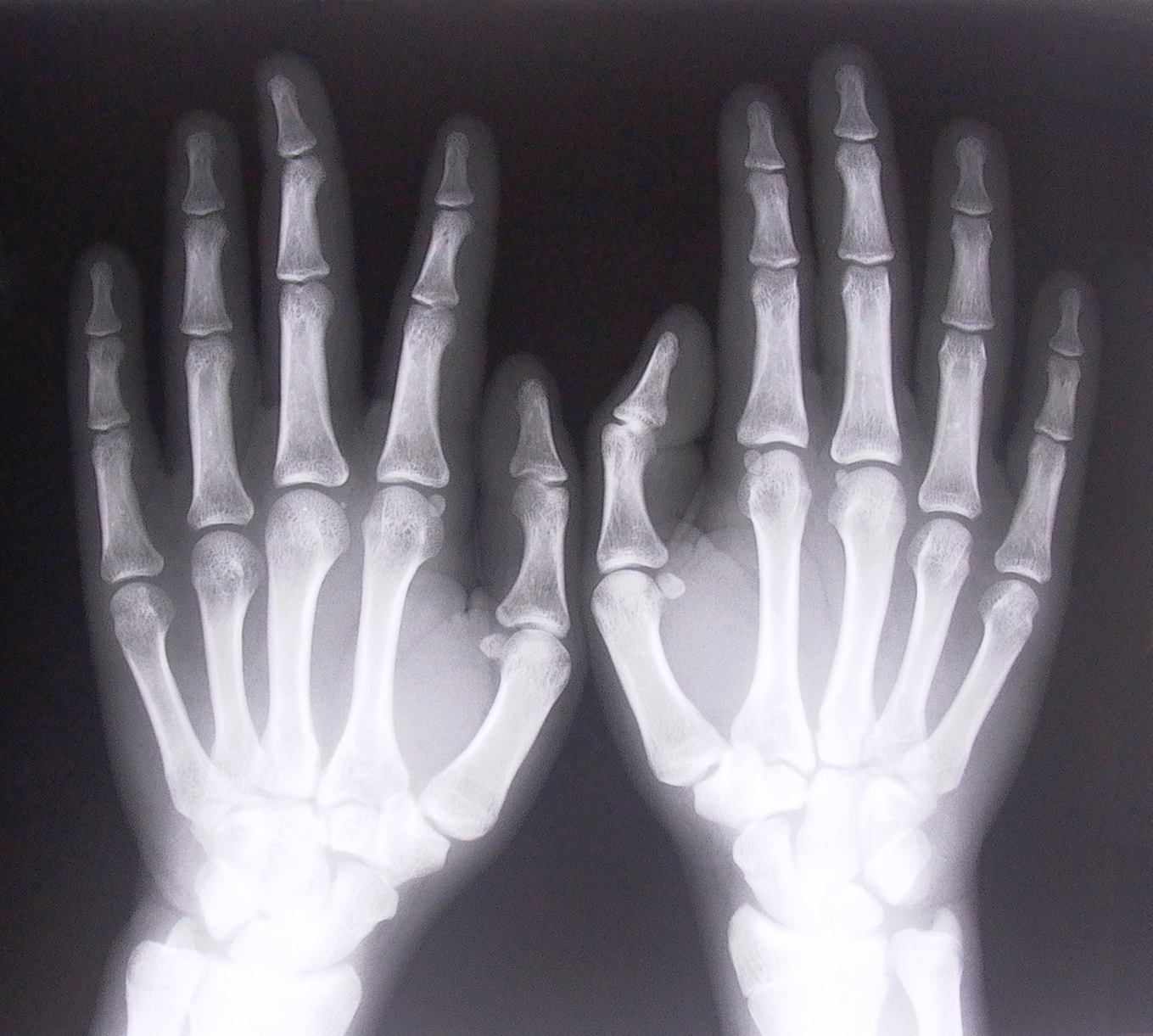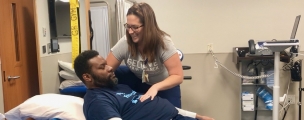Osteoporosis is a prevalent bone disease that is often misunderstood. I often get asked the question of whether osteoporosis is the same as osteoarthritis. Short answer? Not even close. Though both disease processes affect the bones, there are different causes, symptoms and treatments. Here’s what you should know.
The Basics
Osteoporosis is a condition in which bones become less dense, resulting in an increased risk of fractures. The interior of a bone looks like scaffolding. When the bone thins, this scaffolding becomes narrow. When an individual has osteoporosis, this bridgework begins to break. It is known as a silent disease because it can progress over a number of years, undetected, until a fracture actually occurs. Bones primarily affected by osteoporosis include the vertebrae of the spine, the hips and pelvis, wrists, and ribs. Osteoporosis is a disorder that should not be taken lightly. If left untreated, osteoporosis can cause significant pain, impair a person’s ability to walk, and lead to permanent disability.
Osteoarthritis is a condition that affects the joints of the body and the tissues surrounding the joints. Osteoarthritis develops in joints that are injured by repeated overuse, such as with sports, certain occupations, or simply carrying excessive body weight. Over time, repeated impact or injury causes the cartilage to wear thin, and as a result, bones begin to rub together. Typically, the first symptom of osteoarthritis is pain that worsens following exercise.
Inevitable or Preventable?
Many of us will develop some degree of osteoarthritis over our lifetime, simply from the everyday “wear and tear” of our activities. On the other hand, osteoporosis can be primarily prevented by a lifestyle that includes a diet rich in calcium and vitamin D, regular weight-bearing exercise, and refraining from smoking and excessive alcohol intake. There are risk factors for osteoporosis that cannot be changed, such as family history, but having this knowledge enables a person to have a firmer commitment to a healthy lifestyle. It is important to note that even with a diagnosis of osteoporosis, there are ways to treat the disease and prevent even further bone loss.
The Importance of Exercise
With both osteoporosis and osteoarthritis, exercise programs that may include physical therapy are beneficial. In general, appropriate exercises are those that emphasize stretching, strengthening, posture, and range of motion, such as low-impact aerobics, swimming, tai chi and low stress yoga.
However, those with known osteoporosis must avoid activities that include bending at the waist, twisting the spine, or lifting heavy weights. These activities could actually result in a fracture for someone with osteoporosis. Those individuals with arthritis must compensate during exercise for limited movement in affected joints. Exercise is definitely good for your health, but check with your doctor to determine what types of exercises or programs would be safe for your specific medical condition.
The Treatment
Lastly, it is important to distinguish the difference between these two diagnoses, as follow-up care and treatment may vary. Also, a person with osteoporosis can become very debilitated over time, so awareness of available management options is critical. Pain management strategies are similar for those with osteoporosis or osteoarthritis. Joint replacement will relieve the pain of someone with osteoarthritis, whereas those with severe untreated osteoporosis may have chronic pain due to multiple spine fractures.
So there you have it! In the simplest terms, osteoarthritis occurs at the joints when the cartilage is worn down and the bones start rubbing together. It’s the result of general wear and tear. Osteoporosis occurs when then bones start to thin and lose density, and is primarily preventable with lifestyle changes. Know the difference… and be kind to your bones! Your whole body will thank you for it.
To learn more and schedule your free screening, visit Magee’s Osteoporosis Clinic at the Riverfront Outpatient Center. Click here for more info!








